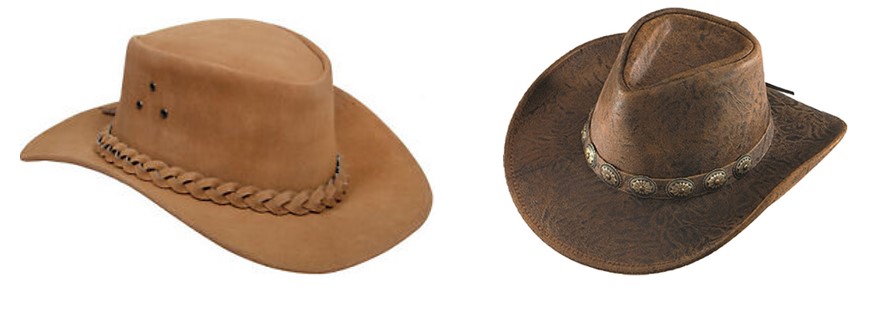 By Neenah Payne
By Neenah Payne
Oscar Is Based on Egyptian God Ptah and When Moors Rescued Europe From The Dark Ages explain why a correct understanding of our history is so important to our identity and our future. Yet, key aspects of our story were left out. This article adds another key missing piece.
The Octopus of Global Control quotes Stephen Bassett, Executive Director, Paradigm Research Group who said:
“Imagine if the ‘truth’ was a huge jigsaw puzzle, a big box with 20,000 pieces…. It is a picture of the world as it really is. You come into this world…you are handed this box and the idea is to put all the pieces together. And if you put the pieces together…it will be the truth about the world…. So you set about to do that….Except there is a problem.
It turns out that the government you are living under has made a decision to interfere with this truth process. It is a political decision…to serve the State…. So the government has taken a whole bunch of those pieces out of your box…. Well, that’s a problem, but it gets worse. They’ve grabbed a bunch of pieces from another box, another puzzle, and thrown them into your box…. And now you have to put this thing together with an idea that what you are going to find is the truth. That is an almost impossible situation, and it is extremely effective to serve the State.”
So, in the puzzle of the West, what important pieces have been left out? What was added that doesn’t belong? That’s not an easy task because our image of what it means to be “American” is crafted from the time we’re born by our families, education, and the media. So, what we think we “know” is really only what we’ve been told. Yet, if we knew the important truths that have been left out and eliminated the fictions that were added, how would America look?
The story of the American cowboy is legendary and defines what it means to be “American” for Americans and people around the world. The cowboy is depicted by Hollywood as the rugged, tough, man’s man, a consummate horseman and hero who can fend for himself and takes no prisoners on the lone prairie. Clint Eastwood, John Wayne, the Lone Ranger, Roy Rogers, Butch Cassidy and the Sundance Kid, and a league of other Hollywood stars come to mind when we think of the American cowboy.
The Marlboro Man
The cowboy is an iconic figure so universally admired that Marlboro chose that image for its cigarettes. It’s the epitome of a cool, in -control guy most men long to be seen as. The Marlboro Man dresses Western and is associated with cowboys and horses. He symbolizes freedom, courage, and rugged individualistic he-man competence.
“THE MARLBORO STORY” 1969 PHILIP MORRIS BIG TOBACCO ADVERTISING CAMPAIGN explains that when Philip Morris adopted the cowboy image, sales went through the roof.
“A story of how an image became so powerful that it became part of the American language — a masculine image so well defined that today the cowboy is synonymous with Marlboro and ‘Marlboro country’ has become part of the American idiom.”
So, men who want identify with the image of the cowboy buy a carcinogen that destroys their health. The cowboy is the epitome of what it means to be an American man. Cowboys are seen as unmitigated heroes. Dallas named its football team “The Dallas Cowboys.” Ronald Reagan was a Hollywood cowboy before he became Governor of California and later President of the United States. The cowboy is the quintessential depiction of American manhood.
However, how accurate is the Hollywood image of the cowboy? Who were the real cowboys and why haven’t we heard about them? What’s missing from this puzzle? How would America be different if Hollywood told us who the real cowboys were? How would the image of American manhood change if the truth were depicted? What would it mean to be an American man based on that reality?
Who were the real cowboys and why haven’t we heard about them?
Fulani of West Africa: Rice, Cotton, Cattle
Elijah Shabazz, a Black American researcher, explains in the video The Fulani Origins of The “Redbone” People of America — Part 1 how he discovered that his roots in South Carolina linked his family to the Fulani of Guinea in Africa. He points out that the slave trade is usually seen as capturing backwards people. However, slave traders prized the Fulani because they are skilled rice growers, cotton growers, and cattlemen — skills Europeans didn’t have.
Black Rice: The African Origins of Rice Cultivation in the Americas says the Gulf of Guinea was called the “Rice Coast.” How African Rice Growers Enriched America explains that enslavers sought skilled agronomists. They prized their minds.
The Fulani who introduced the weaving of cotton to West Africa brought their skills to America where they created “King Cotton.” See U.S. History | King Cotton and How did cotton change slavery?.
James Fitch, Director of The Rice Museum explains that the West Africans’ skill in cultivating rice in South Carolina has been compared to the building of the pyramids!
When Rice was King- South Carolina’s Rice Plantations explains that by the Revolutionary War, cotton made Charleston, SC the richest city in America — with twice the wealth of New York or Philadelphia. “Carolina Gold” was considered the world’s best rice! Coveted worldwide including by the royalty of Europe and Asia for its superior flavor and texture, “Carolina Gold” was the crop that defined South Carolina’s economy for two centuries.
South Carolina was exporting rice to Europe and became so rich from those skilled African rice growers that it started the Civil War because it knew it could survive without the North! The book explains that Africans have been growing rice for 5,000 years using different strains of African rice in a wide variety of very challenging terrains and climates. Europeans did not have that knowledge or those skills.
Shabazz explains that throwing rice at weddings is an African tradition! So, the next time you go to a wedding and throw rice, remember you are participating in an ancient African custom!
Why All Cowboys Were Black
In Fulani Origins of The Redbone People Part 2A: Truth Confirmed, Shabazz says the Fulani, a nomadic people, drove their cattle from the East coast of Africa to the West coast just as they later drove their cattle from the East coast of America to Texas where they established the cattle-rearing culture — the “cowboy” culture. Shabazz says Fulani all over West Africa know about Texas.
Shabazz explains in Fulani Origins of The Redbone People Part 2B: Truth Confirmed that cowboys were Black. He points out that White men were never referred to as “cowboys” or any other kind of boys. That indignity was reserved for Black men. White ranchers were called “cattleMEN.” So, we know the “cowBOYS” HAD to be Black. Shabazz points out that we have to stop allowing people to steal our culture and claiming it as their own.
The Real Cowboys
Was The Real Lone Ranger A Black Man?
“As deputy marshal, Bass Reeves is said to have arrested more than 3,000 people and killed 14 outlaws, all without sustaining a single gun wound, writes biographer Art T. Burton, who first asserted the theory that Bass had inspired the Lone Ranger in his 2006 book, Black Gun, Silver Star: The Life and Legend of Frontier Marshal Bass Reeves.”
Amazon says: “Black Gun, Silver Star tells Bass Reeves’s story for the first time and restores this remarkable figure to his rightful place in the history of the American West.” There is statue of U.S. Deputy Marshal Bass Reeves in Fort Smith, Arkansas. (Credit: Jeannie Nuss/AP)
The National Park Service: Bass Reeves
Bass Reeves: The Real Lone Ranger – YouTube
Bass Reeves: The Real Lone Ranger of the Wild West
“Typically, Reeves rode around with Oklahoma range with a small posse, which usually included a Native American companion. Since slaves were not allowed to read or write, Reeves never learned. He would memorize the contents of each warrant once they were read aloud…. From there, Reeves sought out felons using an inventive approach.”
Perhaps these stories of Reeves’ exploits bring a more familiar character to mind: the fictional Lone Ranger. Premiering on the radio in 1933, and later in comic books and on TV, The Lone Ranger — while admittedly dated — is deeply embedded in our cultural memory.
The real-life inspiration for the Lone Ranger character has been hotly debated by historians. Some contend that John R. Hughes, the vigilante bounty hunter-turned-Texas ranger was the model. But in 2006, Art T. Burton’s biography Black Gun, Silver Star: The Life and Legend of Frontier Marshal Bass Reeves posited the theory that it is indeed the legendary frontier marshal who most closely resembles the Lone Ranger.
The similarities are literal: both were spiffy dressers, skillful marksmen, and masters of disguise who traveled with Native American companions on white (or grey) horses. Although aspects of Burton’s argument have been disputed, his book bolstered the lawman’s present-day reputation and contributed to Bass Reeves’ enduring badass legacy. But soon, Reeves’ will have his own on-screen moment. One that’s not white-washed!
The character will appear in the upcoming Netflix Western The Harder They Fall, as portrayed by Delroy Lindo. Directed by Jeymes Samuel, The Harder They Fall will feature other real-life historical figures such as Nat Love (Jonathon Majors), Stagecoach Mary (Zazie Beetz), Rufus Buck (Idris Elba), Bill Pickett (Edi Gathegi), and Jim Beckwourth (R.J. Cyler). Flexing a star-studded Black cast, the film is billed as a ‘new school Western’ and due out November 2021. We can’t wait!”
It makes sense that Bass Reeves traveled in Native American country with an Indian companion since he had lived with several tribes, spoke three of their languages, and had trained in Indian ways of tracking and hunting. However, it made no sense for the Lone Ranger to have an Indian companion since White cowboys were always hunting Indians!
Hollywood Finally Discovers Black Cowboys
On Truth, Change and American Cowboys says:
“One of the most enduring genres of American film is The Western. It’s a style so ‘old school,’ that it’s actually over 100 years old….Think about the ‘classics,’ from Paul Newman and Robert Redford in Butch Cassidy and the Sundance Kid; or Clint Eastwood in Unforgiven; or countless John Wayne films (say Stagecoach or The Searchers).
Those films present and presume a world of white American cowboys. That’s Hollywood’s idea of the West, which shapes perceptions of both the fantasy and the real history…. Yet the reality was different. About one in four U.S. “cowboys” were Black. According to The Smithsonian, “African-American cowboys faced discrimination in the towns they passed through… but within their crews, they found respect and a level of equality unknown to other African-Americans of the era.”
So, this article concedes that 25% of cowboys were Black. However, since “boy” was a derogatory term reserved for Black men, Shabazz is probably right that any cowboy was by definition Black.
The article adds:
“Which brings us to a new Western, just released on Netflix: The Harder They Fall.
The film produced by Jay-Z draws on portraits of real people. (It’s also very violent, a warning before viewing.)
Telling the truth
Some commentators have hailed this project for ‘reimagining the Western.’ And while it may look and feel different, that gets it pretty backwards. This film restores these stories to their original position and truth, after a century of disappearing people and characters who were there. And when telling the truth feels like some ‘radical act,’ that usually means there’s something wrong—with the industry, or with our perception, or with society at large. The Harder They Fall offers a version of a truth long buried, in one of Hollywood’s most enduring genres, and it’s a welcome restoration.”
The Cowboy Era Was Full Of Colour. Hollywood Washed It Out. says:
“The Harder They Fall follows Nat Love—a real Black cowboy —on his adventure to reassemble his gang to challenge the murderer of his parents. Nat Love was dubbed with the nickname ‘Deadwood Dick’, for his skills in rodeo, and ‘Red River Dick’ applauding his marksman ability….He was a true cowboy, in every sense of the tradition.”
The Life and Adventures of Nat Love Better Known in the Cattle Country as “Deadwood Dick” (book)
Nat Love aka Deadwood Dick: Cowboy, Nature Lover, Man of Letters
“Nat Love, alias Deadwood Dick, was one of the early prototypes for the American Cowboy, though not the one that predominated in Hollywood. Born a slave on a plantation in Tennessee, he left home in 1869 and headed West to find a better life…many cowboys at the height of the first great Western cattle boom were black.
He secured his status in the folklore of the West in Deadwood, where he arrived in July of 1876…. At an impromptu Fourth of July roping contest, he “threw, tied, bridled, saddled and mounted” a particularly “vicious” mustang in the best time. For his exploits, legend has it he was given the title of Deadwood Dick — the first dime novel in Edward Lytton Wheeler’s Deadwood Dick series, ‘Deadwood Dick, the Prince of the Road; or, The Black Rider of the Black Hills’ was published the following year.
Love met and married his wife in 1889, and hung up his spurs to work as a Pullman Porter….he anticipated that with rise of the railroads the culture of the American cowboy had already seen its zenith…. when he published ‘Life and Adventures’ he waxed eloquent.”
Nat Love 1854–1921:During the 1870s and 1880s, more than 5,000 black cowboys took part in the legendary cattle drives up the Chisholm Trail from Texas to Montana…. Among the most famous was Nat Love, better known as “Deadwood Dick,” the “champion of the West.”….
Although few histories of the American frontier discuss the contributions of black cowboys, in 1907, Nat Love produced an autobiography, The Life and Adventures of Nat Love: Better Known in the Cattle Country as ‘Deadwood Dick,’ in which he recalled the highlights of his 20-year career.”
5 African-American Cowboys Who Shaped The American West 11/12/21
“The truth is, Black people were just as present in Wild West Shows and skilled with roping steer as any white cowboy, so it’s unfortunate that there is such a lack of representation in pop culture.”
John Ware, Bass Reeves, Bose Ikard, Nat Love, Bill Picket
Hollywood Storytelling Embraces Contributions of Black Cowboys
Black Cowboys of the Old West: True, Sensational, and Little-Known Stories from History (book)
Django Unchained (movie) is loosely based the tragedy of Dangerfield Newby.
Django Unchained Cast Press Conference.
Neenah Payne writes for Activist Post and Natural Blaze
Become a Patron!
Or support us at SubscribeStar
Donate cryptocurrency HERE
Subscribe to Activist Post for truth, peace, and freedom news. Follow us on SoMee, Telegram, HIVE, Flote, Minds, MeWe, Twitter, Gab, What Really Happened and GETTR.
Provide, Protect and Profit from what’s coming! Get a free issue of Counter Markets today.

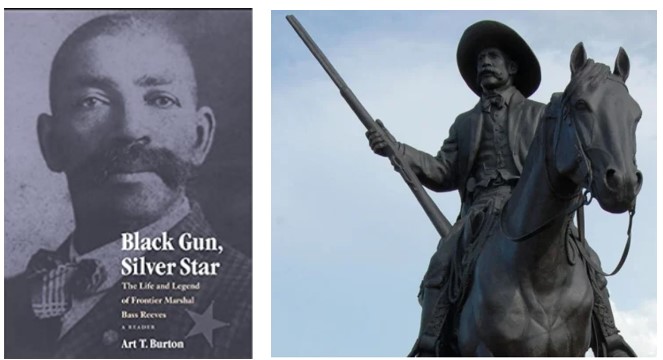
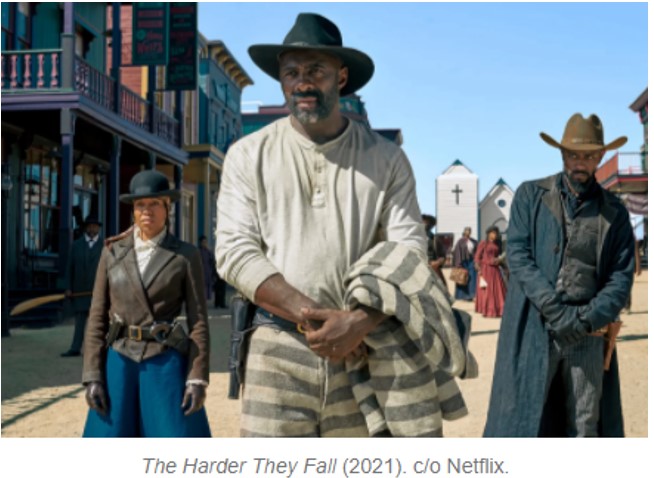

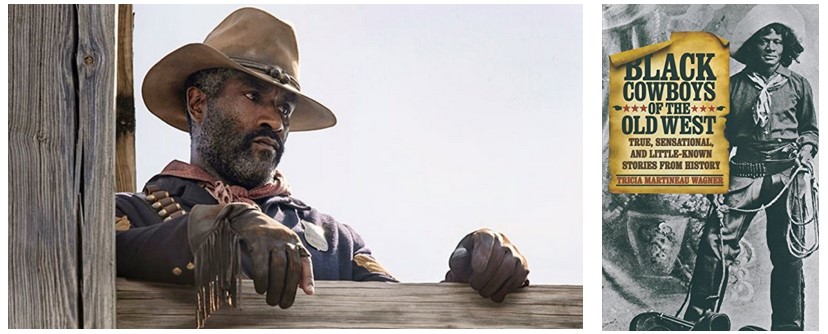
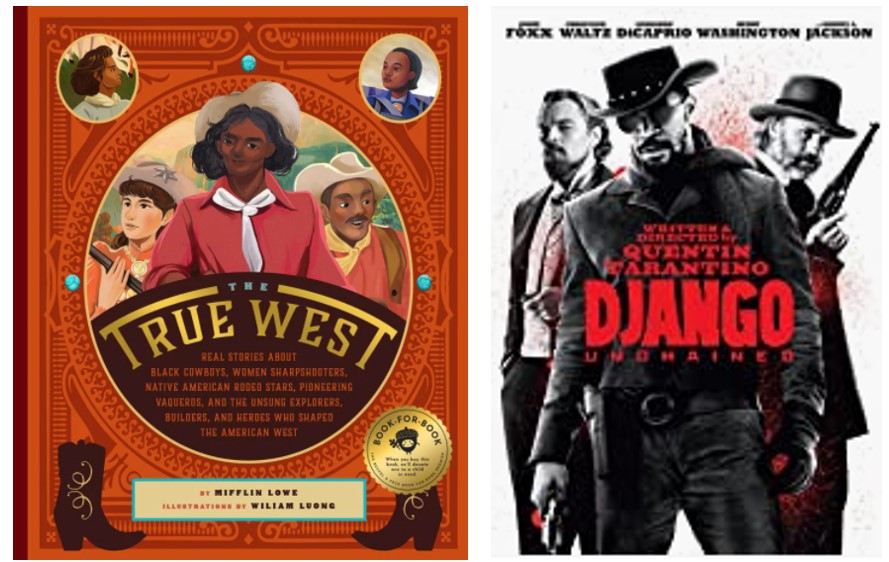
Be the first to comment on "Who Were The REAL Cowboys?"